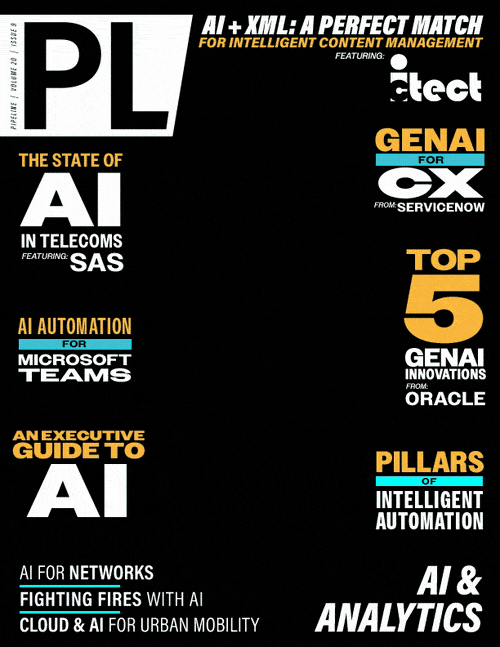Pillars of IA – The Value of
Intelligent Automation

In today's rapidly evolving digital landscape, businesses are under pressure to innovate, streamline operations, and deliver exceptional customer experiences. At the heart of this transformation lies Intelligent Automation (IA). Over the past decade, IA has grown from a niche technology into a strategic cornerstone for organizations worldwide, with the market expanding from $250 million to $5.63 billion in less than a decade.
As IA continues to reshape the corporate world, it is clear that management and leadership are increasingly driving it, rather than the IT or technology department, evolving from a technical focus to a more business-orientated approach.
As businesses seek to streamline operations, enhance customer experiences, and drive innovation, the pillars of IA — process-oriented development, unified platforms, and digital twins — are proving essential in navigating the complexities of today’s dynamic business environment.
The Evolution of Intelligent Automation: From RPA to IA
Since the explosion of Robotic Process Automation (RPA) in the digital landscape in 2018, RPA has continued to grow and develop with a focused mission: to automate repetitive, rule-based tasks traditionally performed by humans. RPA’s early adopters quickly realized its potential to reduce costs and increase efficiency, but its limitations became evident as businesses sought to automate more complex processes. The need for more advanced capabilities led to the emergence of IA — a sophisticated integration of RPA with Artificial Intelligence (AI), Machine Learning (ML), and other cognitive technologies.
IA goes beyond simple task automation. It combines cognitive intelligence technologies like AI, analytics, process discovery, and process mining to expand the potential of business process automation. By leveraging AI and ML, IA can handle unstructured data, understand natural language, and even learn from past interactions to improve future performance.
This shift has placed IA at the heart of business development, where it now plays a critical role in accelerating end-to-end customer journeys, enhancing customer experiences, driving significant cost savings, and promoting business expansion.
Pillar 1: Process-Oriented Development
As IA becomes more integrated into business operations, the role of IA developers is undergoing a paradigm shift. Traditionally, automation development was seen as a highly technical role, requiring deep expertise in coding and software engineering. However, as automation tools have become more advanced and user-friendly, the focus has shifted from pure technical skills to a more holistic understanding of business processes.
Modern IA developers need a balance of technical proficiency and business acumen. While basic coding skills are still valuable, the ability to understand and optimize business processes are now paramount. Developers must be able to analyze workflows, identify inefficiencies, and design automation solutions that align with broader business goals. This requires a deep understanding of the software development lifecycle (SDLC), release management, and the specific business areas being automated.
The trend towards low-code and no-code platforms is democratizing IA development. These platforms allow individuals with limited technical backgrounds to contribute to automation projects, provided they have a strong grasp of the underlying business processes. This opens new opportunities for professionals from various backgrounds — whether in finance, operation, or customer service — to become IA champions within their organization.
To succeed in this evolving landscape, IA developers must cultivate both soft and hard skills. Communication and collaboration are crucial, as automation projects often require input from multiple stakeholders across different departments. At the same time, developers must remain proficient in technical areas such as SQL, APIs, and web technologies like HTML, CSS, and JavaScript, especially when working on customizations or integrations that require deeper technical knowledge.
Pillar 2: Unified Automation Platforms
As organizations scale their automation efforts, the complexity of managing multiple tools and vendors can become overwhelming. This has led to the rise of unified automation platforms — integrated solutions that combine various automation tools and technologies into a single, cohesive system. These platforms serve as a digital “Swiss Army Knife,” offering a versatile toolkit that can handle a wide range of tasks across different departments.
Unified platforms are important for scaling automation as they enable organizations to simplify their technology stacks, reduce vendor dependencies, and streamline operations. They integrate key technologies like AI, ML, RPA, Business Process Management (BPM), and Intelligent Document Processing (IDP) into a single solution, providing enhanced visibility and control over automation initiatives. Unified platforms



















